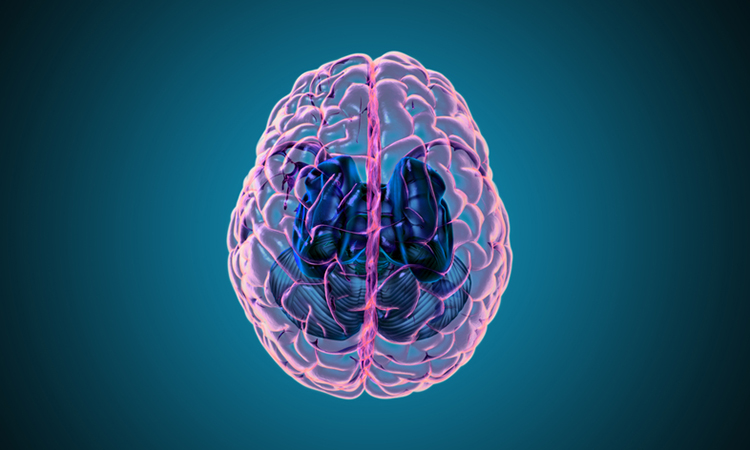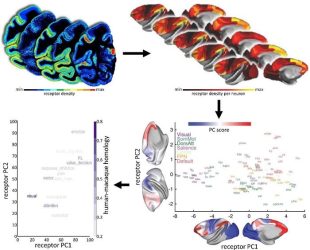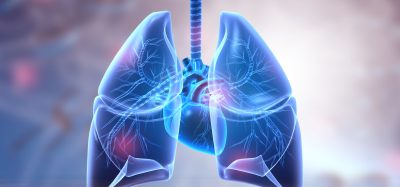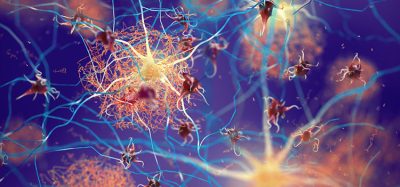Human Brain Project study offers insights into neurotransmitter receptor organisation
Posted: 28 June 2023 | Izzy Wood (Drug Target Review) | No comments yet
Researchers from the Human Brain Project (HBP) and collaborating institutions have made significant strides in understanding the distribution of receptors in the brain. Through a comprehensive mapping study, they discovered two distinct gradients of receptor expression per neuron in the cortex, shedding light on its organisation and functionality.


Advancements in understanding the distribution of receptors across the brain have been made by researchers from the Human Brain Project (HBP) in collaboration with several institutions. The team, consisting of scientists from the Forschungszentrum Jülich and Heinrich-Heine-University Düsseldorf in Germany, the University of Bristol in the UK, New York University and the Child Mind Institute in the USA, as well as the University of Paris Cité in France, conducted a comprehensive mapping study, published in Nature Neuroscience.
One of the key challenges in neuroscience is unravelling how the brain can adapt to a changing world despite its relatively static anatomy. The connectivity between different areas of the brain, both structurally and functionally, plays a crucial role in this process. However, to fully comprehend the dynamics and functions of the brain, another piece of the puzzle must be added: receptors.
Receptors are vital molecules involved in signal transmission within the brain. While information transmission within a neuron occurs through electric signals along the axon, communication between neurons often requires the release of neurotransmitter molecules into the extracellular space, where they bind to receptors on the target neuron.
The HBP researchers employed autoradiography to examine the density of neurotransmitter receptors on thin in vitro brain sections. They analysed the density of 14 different neurotransmitter receptor types across 109 areas of the macaque cortex. This data was then integrated with various structural parameters into neuroimaging templates.


A new mapping of cortical receptors reveals association between microstructural organisation and functional systems in the brain. (Credit: Sean Froudist-Walsh, Nicola Palomero-Gallagher
The research team discovered two distinct gradients of receptor expression per neuron, which allowed them to map receptor densities across the cortex. This breakthrough shed light on the relationship between the molecular and neuron organisation of the cortex. The two major axes of receptor organisation were found to align with two different functional systems: the sensory-cognitive and the external-internal cognition networks. This novel association had never been described before, as explained by Nicola Palomero-Gallagher, a researcher at the Forschungszentrum Jülich and senior author of the study.
To further enhance their investigation, the researchers integrated the newly acquired neurotransmitter receptor data with multiple layers of anatomical and functional information, creating a common cortical space within the cortical surface of Yerkes19, a frequently used non-human primate template. The integration of in vitro anatomy and in vivo imaging of the macaque brain in this manner is a relatively rare occurrence in scientific literature. By developing openly-accessible maps of receptor expression across the cortex, which incorporate neuroimaging data, the HBP team hopes to expedite translation across different species.
Palomero-Gallagher emphasises the importance of freely sharing their findings with the neuroscientific community. The data generated from this study is being made available to other computational neuroscientists, enabling them to create biologically informed models. In fact, a portion of the data has already been utilised in a computational model investigating how dopamine influences information flow within the frontoparietal working-memory network.
The researchers’ efforts to map the distribution of receptors across the brain have provided valuable insights into the organisation and functionality of the cortex. This advancement in understanding the brain’s receptor landscape could pave the way for further research and the development of more accurate computational models, ultimately deepening our understanding of the brain’s adaptability and functioning in a changing world.
Related topics
Imaging, Molecular Modelling, Neurons
Related organisations
Bristol University, Forschungszentrum Jülich, Heinrich Heine University Düsseldorf, Human Brain Project (HBP), New York University, the Child Mind Institute, University of Paris Cité
Related people
Nicola Palomero-Gallagher







